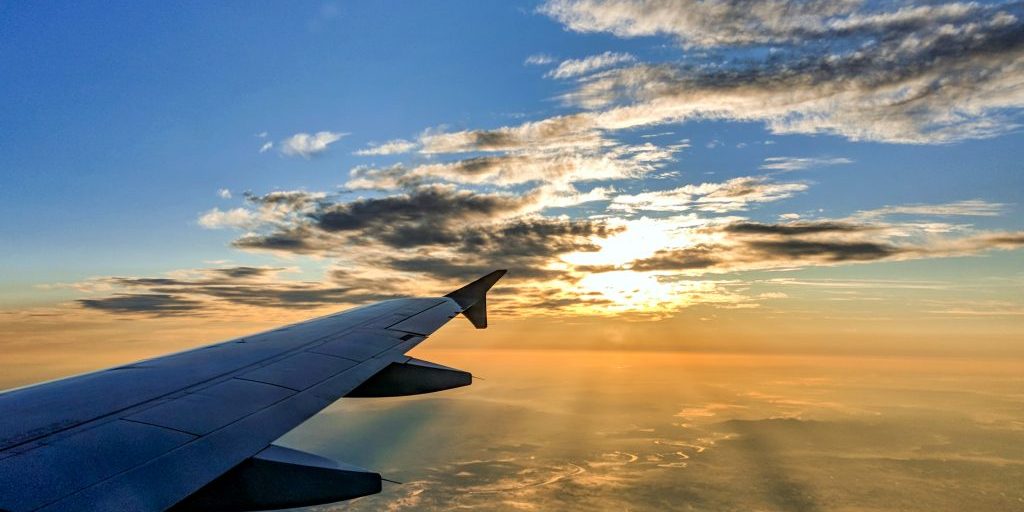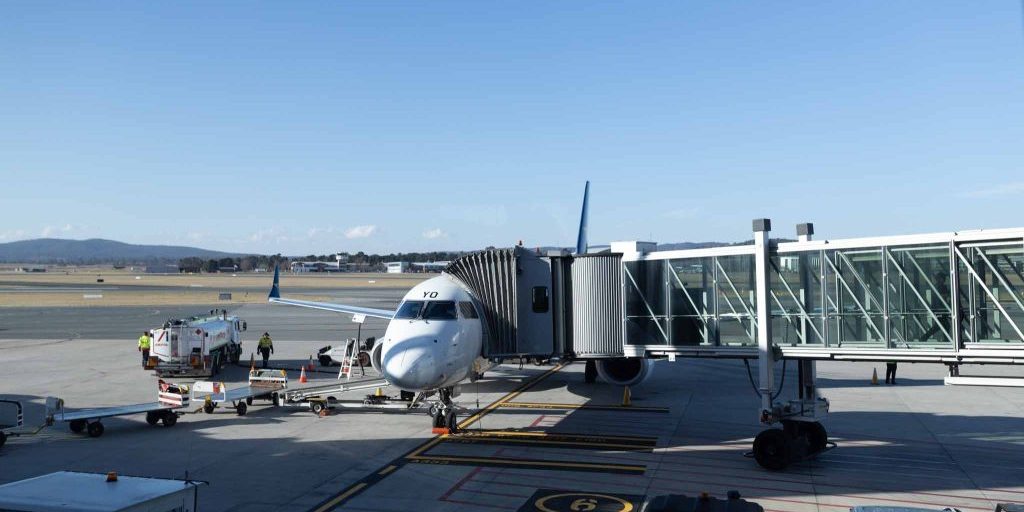Airservices Australia has successfully trialled a new, advanced satellite navigation system aimed at improving safety and efficiency at regional and rural airports.
The trial demonstrated that Satellite Based Augmentation System (SBAS) technology is suitable for the needs of Australia’s non-metropolitan airports, using avionics that is already prevalent in regional and general aviation aircraft.
Airservices worked with Air Affairs Australia to conduct a number of SBAS-enabled instrument flight procedures over two days at Mount Hotham, Benalla, Wagga Wagga and Canberra airports, with impressive results.
Airservices Chief Executive Officer Jason Harfield said Australia is now one step closer to joining countries such as the United States, Europe, China, India and Japan, which are already using SBAS technology.
“This qualitative testing is vital for us to assess SBAS against other systems and provides pilots with the chance to see the benefits of this technology first-hand,” said Mr Harfield.
“It’s another example of how we are collaborating with other government agencies and industry to ensure Australia is at the forefront of aviation technology,” he said.
SBAS technology allows for greater accuracy when flying into rural and regional aerodromes, especially during inclement weather. When operational, it will benefit aeromedical operators and commercial regional airlines.
The trial is part of a SBAS test-bed led by Geoscience Australia in partnership with Land Information New Zealand and FrontierSI (previously the Cooperative Research Centre for Spatial Information). More than 30 organisations and businesses from 10 industry sectors are involved in the test-bed.
Geoscience Australia’s Director of Positioning Dr John Dawson said SBAS technology has the potential to transform all of Australia’s transport industry sectors, especially aviation.
“We know from other countries that SBAS technology makes flying safer and more efficient,” said Dr Dawson. “Through the test-bed, we’re identifying what this looks like in an Australian context and how local industry, business and communities can benefit.”
Visit our YouTube channel for latest SBAS video.



